Caldas da Rainha is a medium-sized city located in the Oeste region of Portugal, in the historical province of Estremadura, and in the district of Leiria. The city is known for its thermal spa, local markets, art museums, and gardens. It is also famous for its naughty pottery. Caldas da Rainha is a great place to visit if you’re looking for an authentic taste of Portugal, just one hour north of Lisbon.
Welcome to the beautiful Silver Coast
Welcome in Costa de Prata!
The Costa de Prata or Silver Coast is a region in central western Portugal that stretches from Barrinha de Esmoriz to Santa Cruz, with a length of approximately 240 km. It is located north of the Costa de Lisboa and south of the Costa Verde. The area is known for its surf beaches, small fishing towns, and ports on the Atlantic coast.
A place where you can still enjoy some traditional Portuguese culture and offering a high standard of living at a more relaxed pace. It’s also a popular destination for surfers from all over the world. Places such as Peniche and Nazaré are always busy and full of life.
Caldas Da Rainha
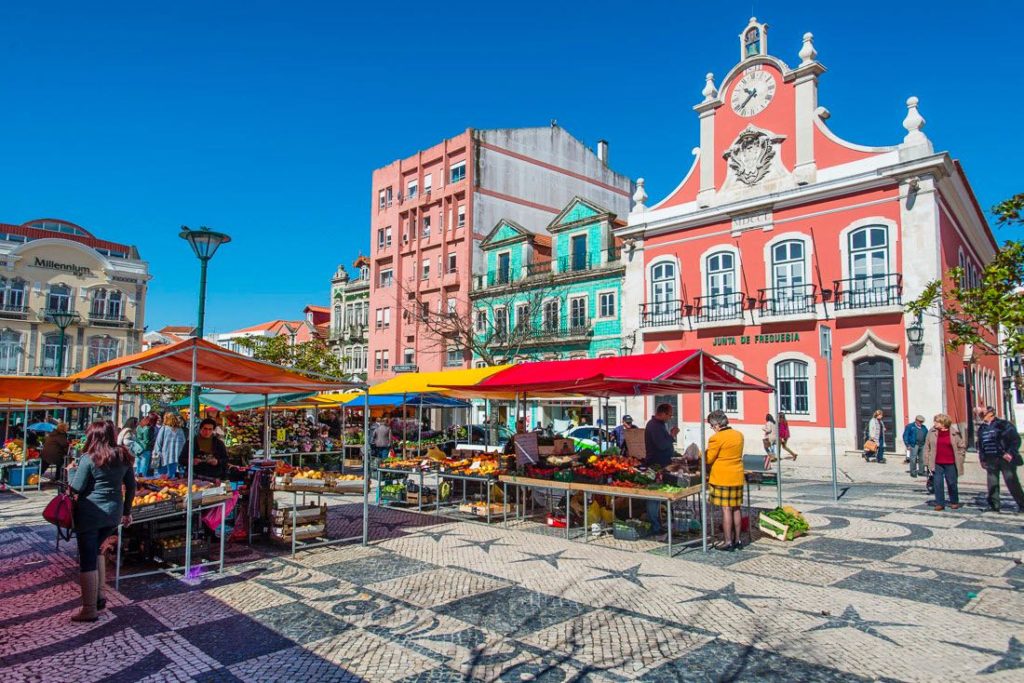
Nazaré
Nazaré (Portuguese for Nazareth) is arguably Portugal’s most picturesque fishing village, although its days as a traditional place are long gone. It has become internationally famous for having the world’s biggest waves, and as a result it is now better known as a surfing mecca.
Located in the center of the country, less than 90 minutes north of Lisbon, it hasn’t lost its laid-back ambience, but local traditions are only preserved for visitors to get a taste of the old days. Fish is still put out to dry in the sun, colorful fishing boats remain on the beach, and some older locals hold on to the traditional dress — berets for men, and shawls and seven skirts or petticoats for women.
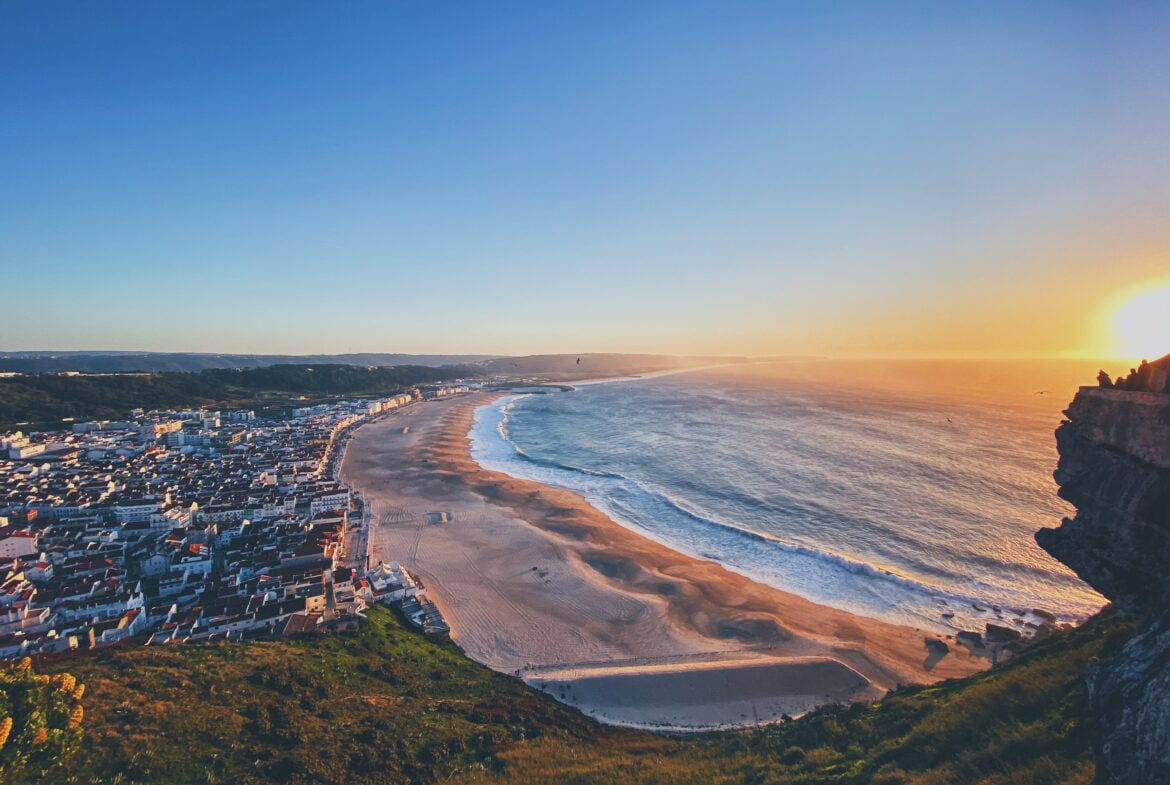
São Martinho do Porto
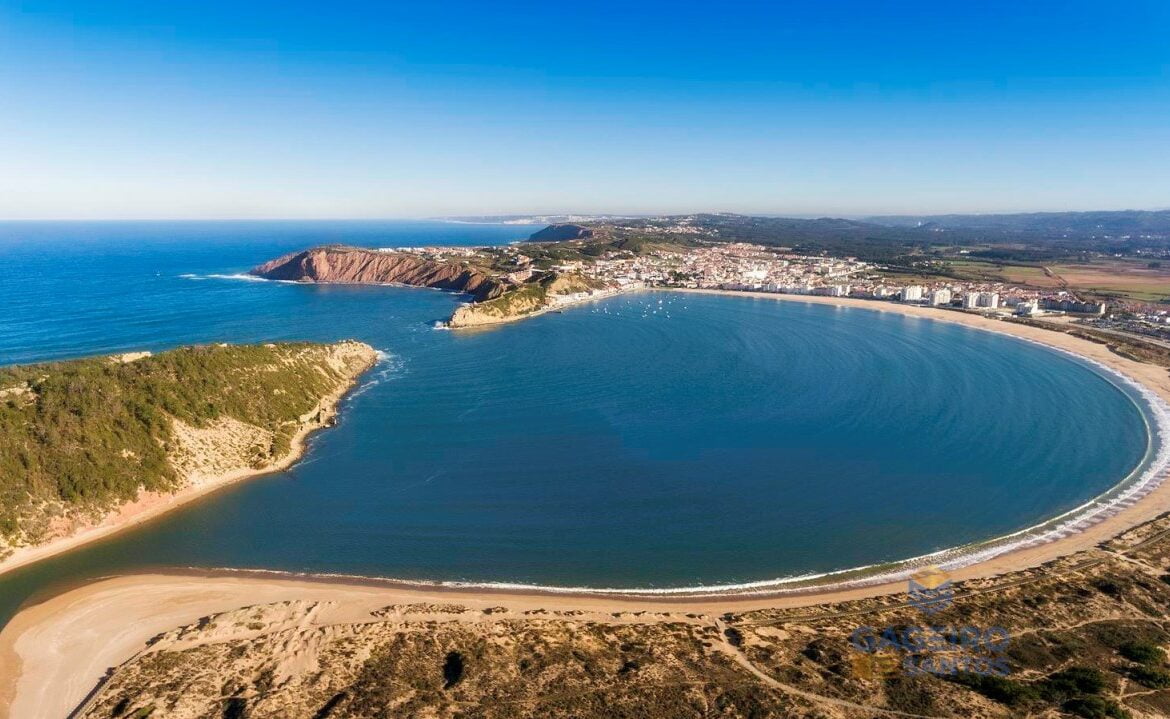
Known as Portugal’s best family beach, due to its calm waters and welcoming atmosphere, Sao Martinho do Porto is a small fishing village in the Silver Coast of Portugal, built along a bay known for its natural shell shape.
On the northern shore of the bay, you will find the village of Sao Martinho do Porto, a cosmopolitan beach town once sought after by the Portuguese nobility to enjoy Summer holidays. This old shipbuilding port has a long and rich history, but its charm remains intact to this day and is especially sought after by families.
In the southern part of the bay, you will find Salir do Porto, a quaint old fishing village that is now a tranquil residential area with restaurants, a local pharmacy, mini markets, and cafés where you can benefit from all the comforts of living in a traditional Portuguese beachfront community.
Salir do Porto beach, with Portugal’s biggest sand dunes and famous wooden walkways are a short walk from the village town centre. The surrounding green landscape provides an ideal place to walk along the shoreline cliffs.
Foz do Arelho
Foz do Arelho is famous for its natural beauty and ideal conditions for beach lovers and water sports enthusiasts. The village is especially known as a summer holidays destination, with two different types of beaches: one facing the Atlantic Ocean, the other facing Óbidos Lagoon.
From the seaside, the beach offers a very wide strip of golden sand that is embraced by a beachfront avenue offering restaurants and cafés. A perfect place to stop for lunch, have a drink after a day at the beach or watch the amazing Foz do Arelho sunset in the company of friends and family.
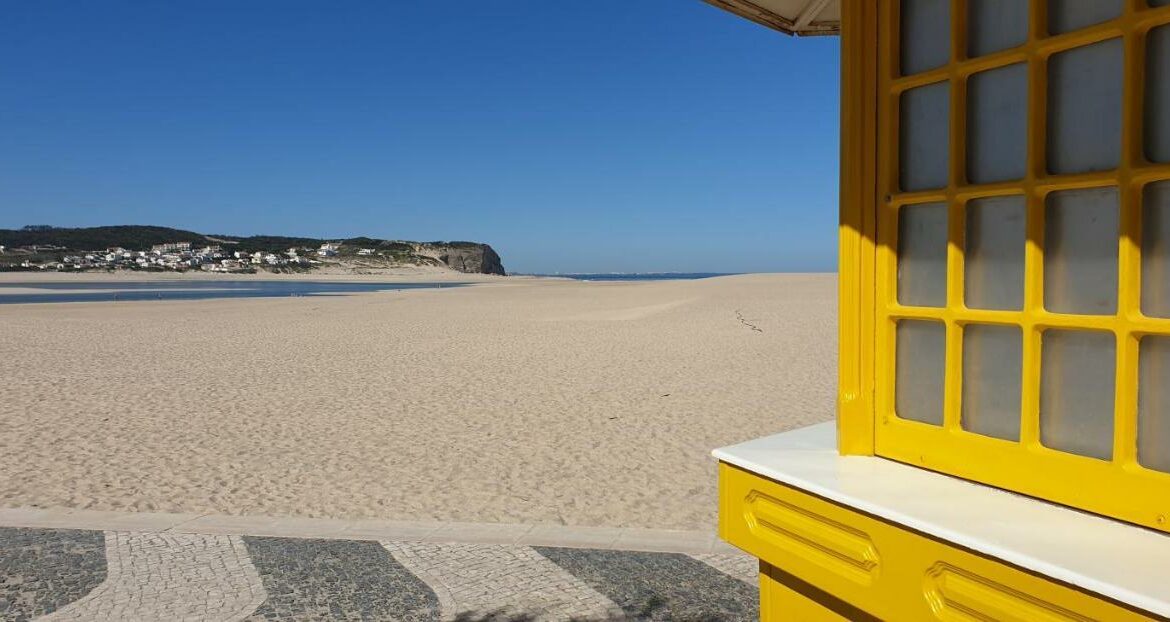
Peniche
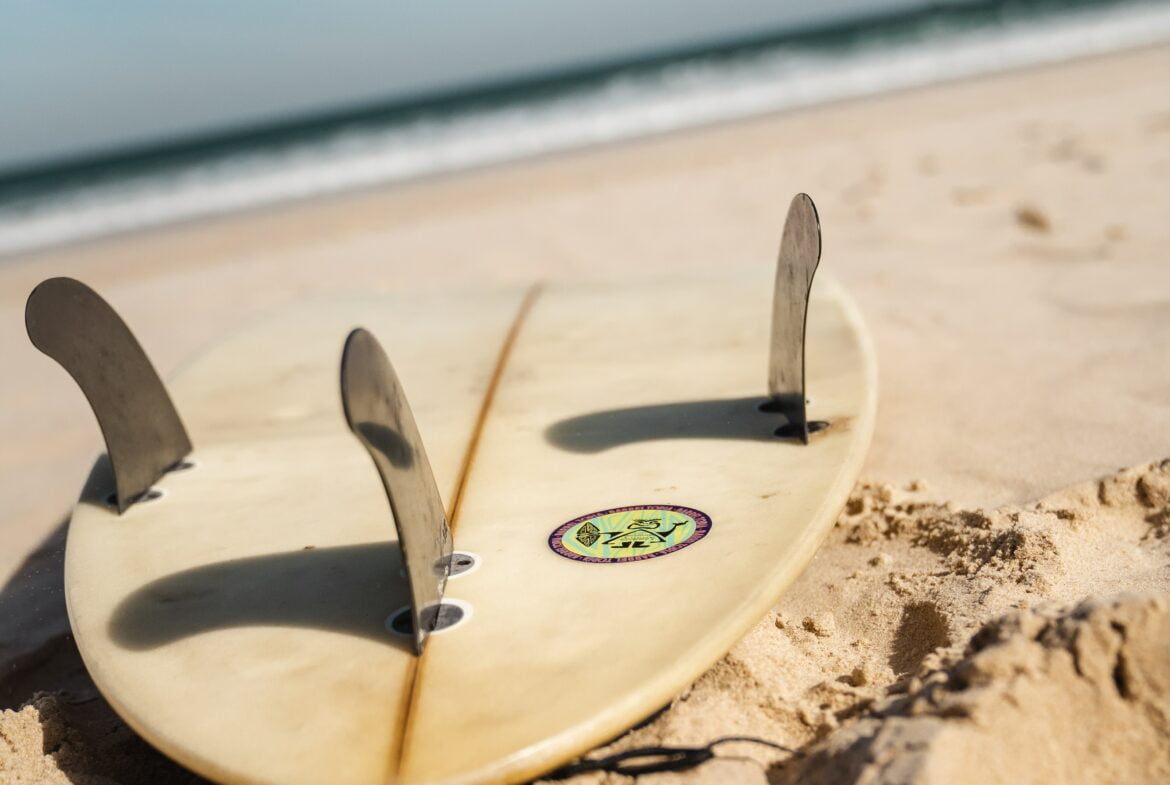
Definitely one of the enchanting and unique coastal destinations of Center of Portugal, the fishing city of Peniche is a world acclaimed surf spot, but also an inviting destination for families or solo travellers, as well as bird-watching and geology fans. A colourful city embraced by the Atlantic that welcomes its visitors with mouth-watering tables and warm-hearted hospitality!
Peniche has always lived from the sea. In the remote past it used to be an island, but thanks to the wind and the sea tides it became a peninsula. Due to its strategic location and richness of its lands, the coastline of Peniche was occupied by several civilisations since Prehistoric times, namely since the Middle Palaeolithic. Under Roman occupation the economy of Peniche was essentially based on agriculture and fishing, along with preserved food, an activity that still exists nowadays.
Berlengas
At a distance of around 10 km from Peniche, the Berlengas Archipelago is a natural haven maintained in a virtually unspoilt state. Constituted by three groups of small islands – Estelas, Farilhões and Berlenga – the zone maintains extensive undergrowth, including unique species such as the Armeria berlegensis and Herniaria berlengiana, whose names indicate their origin.
Berlenga is the ideal spot for those who are looking for tranquillity, far from the normal hustle and bustle of daily life, given that the island can only be visited by a maximum of 350 persons at any one time. In order to get to know the island better, you may follow the pedestrian walks that will lead you to the grottoes, to the Fortress of São João Baptista or simply find excellent spots in order to marvel at the spectacular landscapes.
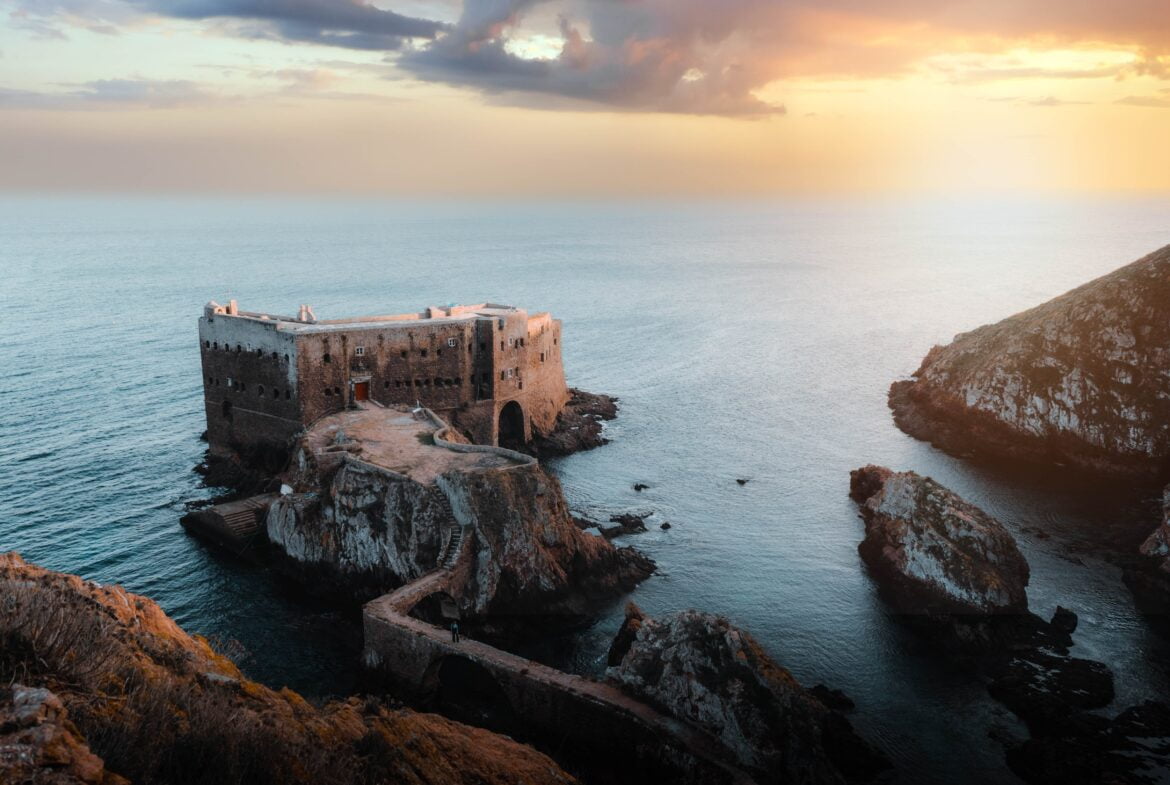
Óbidos
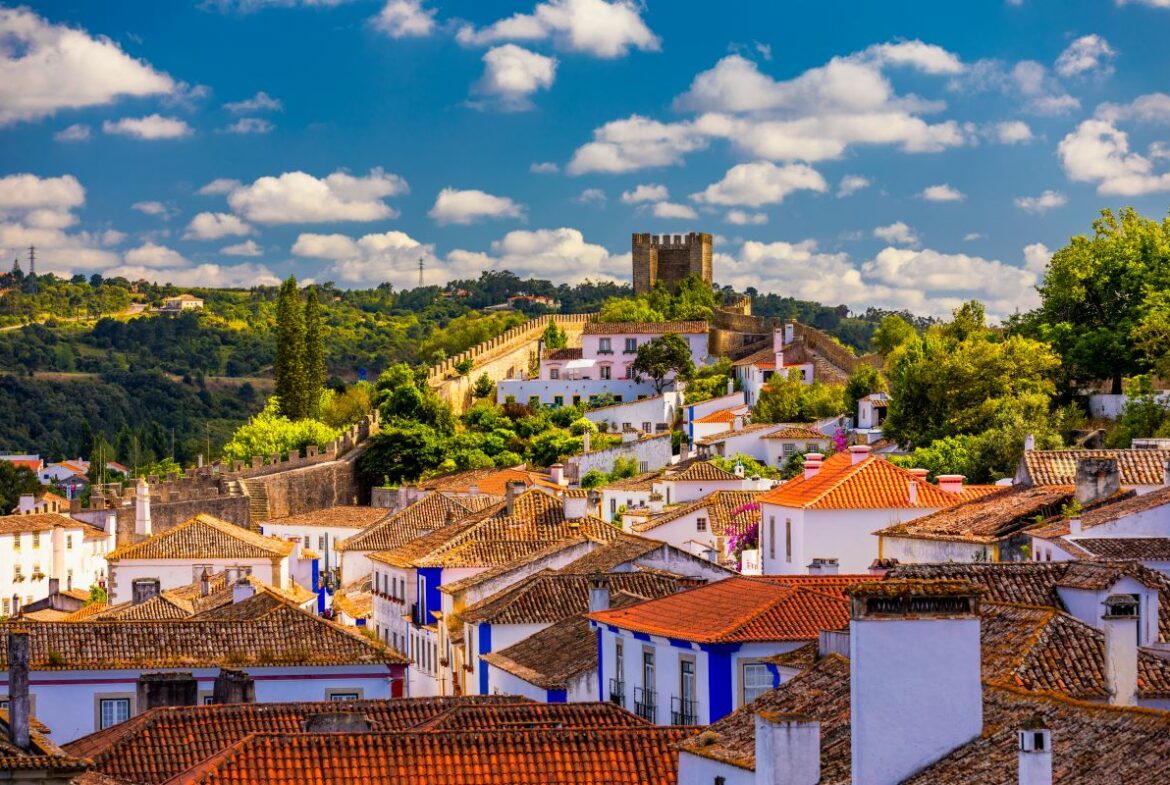
Encircled by a ring of medieval walls and crowned by the Moorish castle rebuilt by D. Dinis, which is now a pousada, Óbidos is one of the most perfect examples of our medieval fortress. As in olden times, the town is entered through the southern gate of Santa Maria, embellished with eighteenth-century azulejo decoration.
Inside the walls, which at sunset take on a golden colouring, one can sense a cheerful medieval ambience of winding streets, old whitewashed houses bordered with blue or yellow, Manueline embrasures and windows, reminding us that King D. Manuel I (sixteenth century) carried out major works here, and masses of colourful flowers and plants.
Alcobaça
Alcobaça owes its fame and development to the Monastery or Royal Abbey of Santa Maria, founded by the Order of Cistercians in 1153. Building began in 1178 on land donated by Dom Afonso Henriques, the first King of Portugal, to Friar Bernardo of Claraval, founder of the Order of Cistercians, in fulfilment of a vow made after the Christian reconquest of Santarém, held by the Moors until 1147. The Monastery owned a vast area of land, also known as “sanctuaries” of Alcobaça, where the Cistercian Order put order into the settlement by organising villages and estates. It also boosted agriculture by introducing new techniques and agricultural products that turned out to be lasting characteristics of this region, which is still today one of Portugal´s main fruit producers.
With its building modelled on the Abbey of Claraval, the headquarters of the Cistercian Order in France, the Monastery of Alcobaça is a very fine monument and is classified by UNESCO as a World Heritage site.
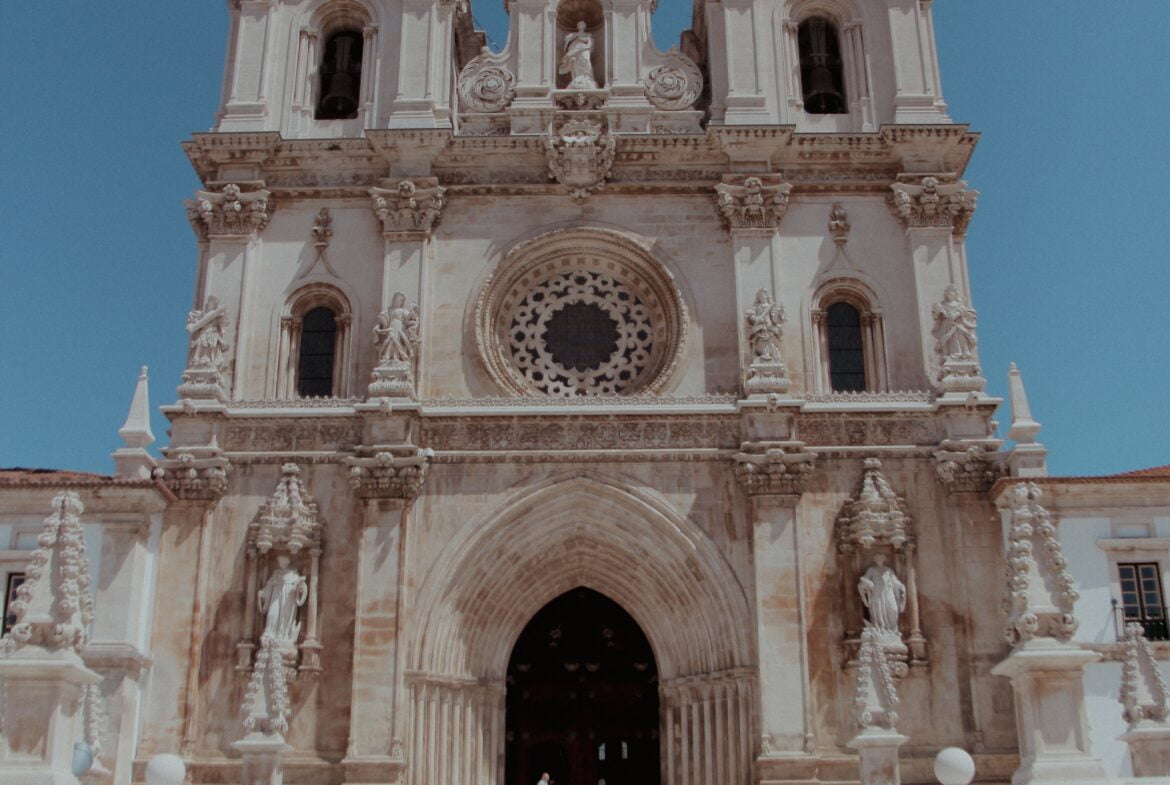
Batalha
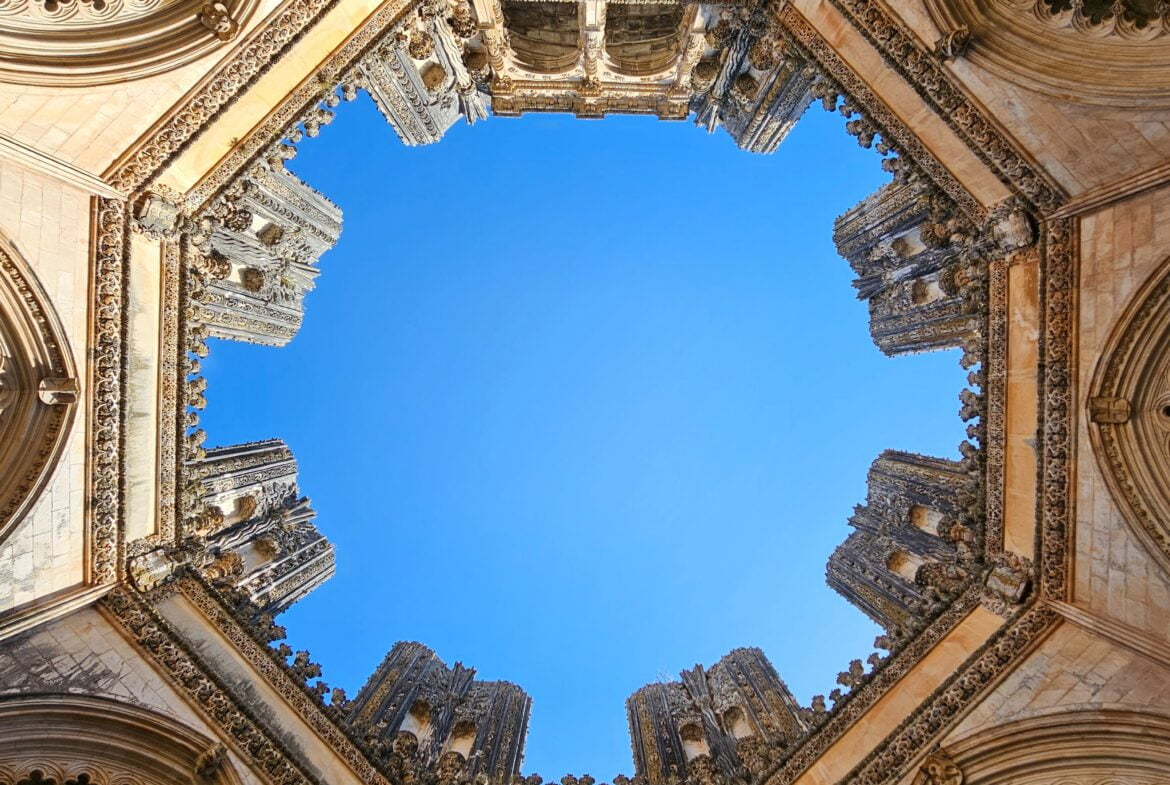
The town of Batalha developed alongside the Monastery of Santa Maria de Vitória, constructed in 1386 to keep a vow by Portuguese King Dom João I to the Virgin Mary that he would build it if Portugal defeated Castile at the Battle of Aljubarrota on 14th August 1385.
Extravagant celebrations commemorating this victory are held next to the monastery in August of every year.
The Monastery of Batalha, a masterpiece of Portuguese Gothic, is a magnificent piece of architecture that combines various influences from its lengthy period of construction, which lasted several reigns. Outstanding in the interior are the Founders’ Chapel with its fine stained-glass windows, the cloisters, the Unfinished Chapels with their Manueline and Flemish Gothic features and the Chapter House.
